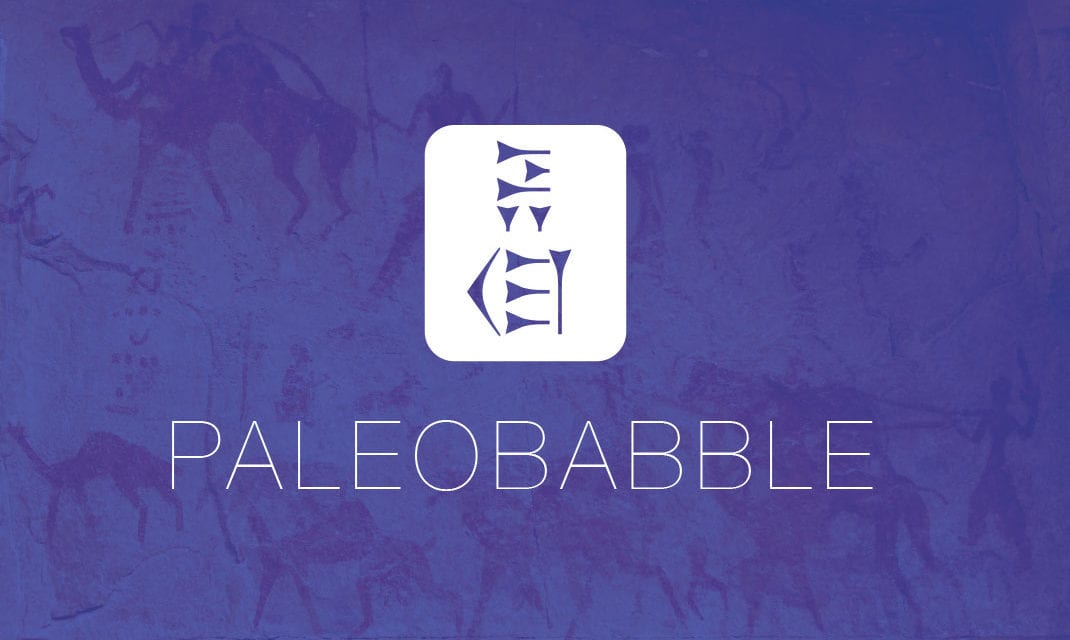My employer, Logos Bible Software, recently put the Greek Apocryphal Gospels on pre-pub. My colleague, Rick Brannan, blogged today over at the Logos blog about that product and those gospels.
These gospel documents are not canonical (i.e. they are not copies of the gospels found in the New Testament, but different texts entirely). They are “other gospels” that provide a lot of insight into what early Christians were hearing and thinking about Jesus and the apostles. They are also useful for Greek grammatical research. Brannan breaks them down into three types:
- Infancy Gospels. These include stories about Jesus’ youth and even earlier. The Protevangelium of James includes a much fuller story about Mary and Joseph with all sorts of details (even about Mary’s midwife) that are not canonical by any stretch, but insightful nonetheless.
- Passion Gospels. These are gospels about the trial, crucifixion and resurrection of Jesus. They have similarities with the canonical gospels, but include expansions and embellishments as well.
- Post-resurrection Gospels. The Greek extant for the Gospel of Mary is fragmentary, but insightful; one of the available fragments has a snippet of a story where Peter turns to Mary and asks her to relate what she knows of Jesus.
Check out the post for more details!





Would you mind rephrasing something in your post? You say: “These gospel documents are not canonical (i.e., they are not manuscripts of the gospels that are present in our New Testament).”
One problem I get is that people new to the subject get confused between manuscripts and texts. The protevangelium of James is a text. That text is found in a number of handwritten medieval copies (=manuscripts), and indeed, as you tell us, now in electronic form in Logos products. A manuscript is just a handwritten book; a text is what is written in that book.
How about “these gospel documents are not canonical (i.e. they are not copies of the gospels found in the New Testament, but different texts entirely)”?
sounds good! I’ll do that.